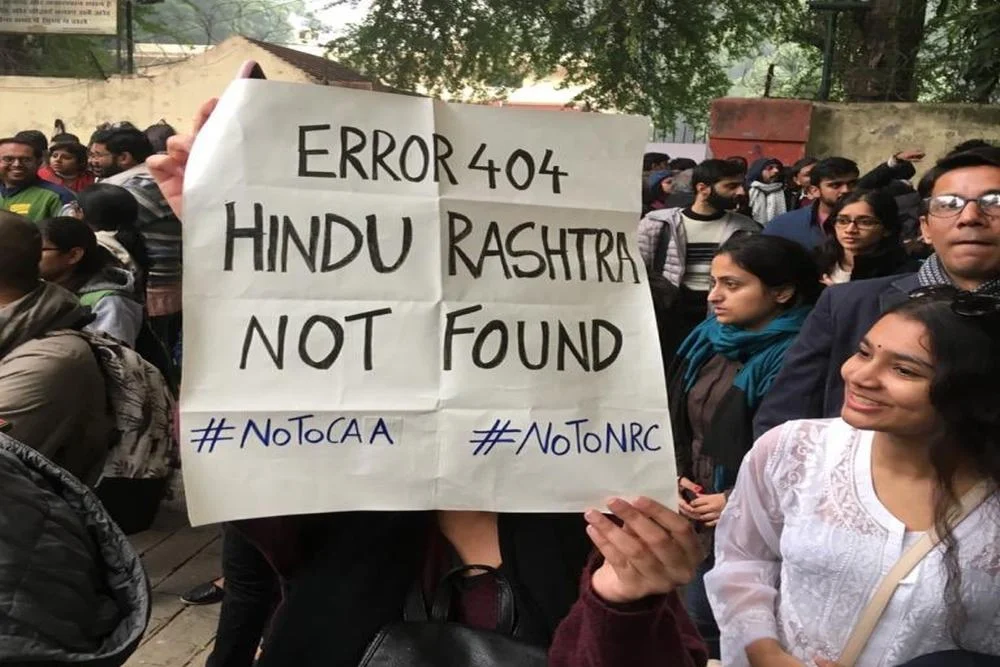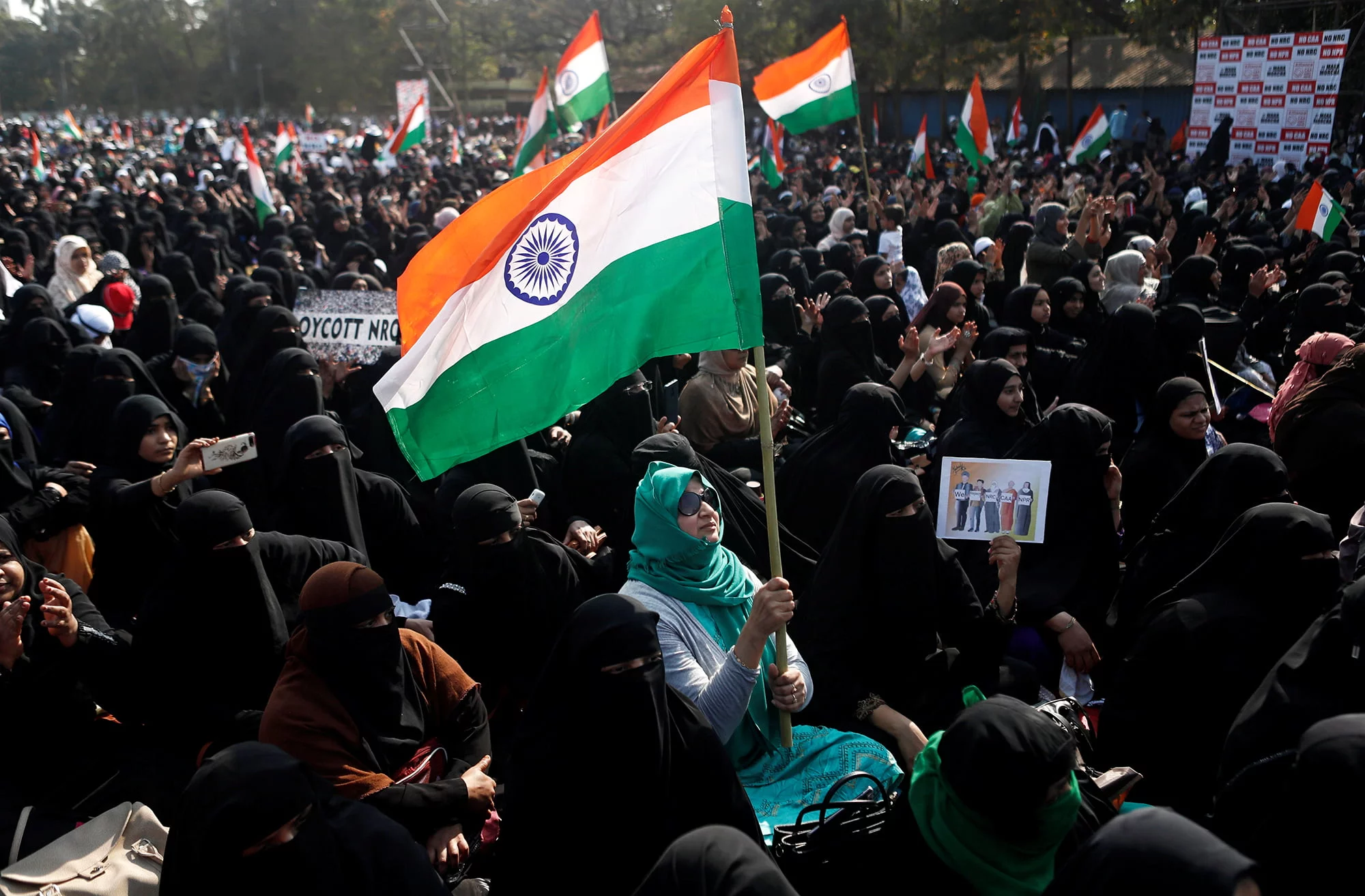The India Justice Report 2022, a first-of-its-kind national periodic report that ranks the capacity to deliver justice placed Karnataka at the top rank as per judiciary delivery, followed by Tamil Nadu and Telangana, while the state of Uttar Pradesh placed last (among large and mid-sized states). Sikkim topped the ranking while Goa was placed last among small-size states. India Justice Report: Ranking State on Police, Judiciary, Prisons Legal Aid is a collaborative effort undertaken in partnership with DAKSH, Commonwealth Human Rights Initiative, Common Cause, Centre for Social Justice, Vidhi Centre for Legal Policy and TISS-Prayas.
Gender representation and equality is still a far-fetched dream, especially in SHRC where women make up only 17% of the cohort. Further data reveals that women’s representation is only concentrated in the lower ranks, be it in police or prison staff or judiciary. Among large and mid-size states, only Karnataka and Kerala had better representation of women in legal aid, albeit that’s limited to women paralegals and doesn’t reflect women judges in high court or subordinate courts, or women in panel lawyers.
It interrogates the aspects of human resources infrastructure, budgets, workload and diversity to assess the justice system. The report is divided into sections like National Findings, Police, Prisons, Judiciary, Legal Aid, and State Human Rights Commissions (SHRC). Put together by a team of researchers, advocates, and legal academics, the report aims to serve as a valuable resource for the general public, the media and the government to aid primarily in improving access to justice. Though at an international level, India has not fared well as its ranking has dropped from the second edition of India Justice Report.
Diversity and inclusion: What the India justice report says
In terms of reservation, only the state of Karnataka has statutorily mandated quotas for SC, ST, and OBC within the police. Unfortunately, no state met the required reserved quotas for women in police. Following a similar concerning trend, no state or union territory fully met the reservation quota desired at the district court level, and there was no data available for the same for high courts.

Gender representation and equality is still a far-fetched dream, especially in SHRC where women make up only 17% of the cohort. An abysmal 3 commissions have one woman member and the rest 22 are composed of only men. Further data reveals that women’s representation is only concentrated in the lower ranks, be it in police or prison staff or judiciary. Among large and mid-size states, only Karnataka and Kerala had better representation of women in legal aid, albeit that’s limited to women paralegals and doesn’t reflect women judges in high court or subordinate courts, or women in panel lawyers.
Also Read: Gender-Based Violence Is A Global Pandemic: KEM Report
Adding onto this, the time for representation of women to become 33% of police staff will take a lot of years (calculated from the trends of the past five years). More than half the states will take at least 50 years for this change to occur, with a few taking even more than 100 years. There is also the category of “Others if any,” which usually indicates the category of people employed in roles that aid police work in auxiliary capacities. One prominent contestation with this category is when Mahila Police are counted within it, then, whether they can be considered as police personnel or village-level workers.
Advocate Bodhisatya Ghosh said to FII that while the report discussed diversity and inclusion, it has latent meaning as the court spaces are very traditional spaces requiring strict uniform. For a non-binary person, expressions of queerness and any gender expression that transgression of gender norms invites questions and comments if not blatant discrimination. Many queer lawyers avoid dressing up in an affirmative manner as that at times, takes away focus from their work.
Lastly, for Legal Aid, there is a paucity of data in terms of caste composition, but gender diversity is captured as per the India justice report. The share of women panel lawyers and women paralegals has increased for most states. And as of 2022, there are only 587 paralegals that identify as transgender and the data on their presence among legal aid lawyers and secretaries are not publicly available. The last section of the report delves into State Human Rights Commissions (SHRC) rankings (followed by a brief section on the Right to Information), where women’s representation is also low as NHRC (National Human Rights Commission) has never had a female chairperson and only had three women members in its existence.

Advocate Bodhisatya Ghosh said to FII that while the report discussed diversity and inclusion, it has latent meaning as the court spaces are very traditional spaces requiring strict uniform. For a non-binary person, expressions of queerness and any gender expression that transgression of gender norms invites questions and comments if not blatant discrimination. Many queer lawyers avoid dressing up in an affirmative manner as that at times, takes away focus from their work. Furthermore, in terms of representation, the composition of judges in the High Courts or any position of power (senior lawyers, legal academics etc.) in the legal fraternity is majority Brahmins/Upper Castes.
Resources and infrastructure: Judiciary, police, and prisons
It’s crucial that there are ample resources and adept infrastructure to ensure inclusion and representation. A majority of the states scored lower than 5 (out of the possible highest score of 10) for human resources indicators across police, prisons, judiciary and legal aid. The ideal judge-to-population ratio (as laid down by the constitution) should be 50 judges per million people, and not even a single state (mid and large size) or UT (Union Territory) crossed the halfway mark.
Also Read: Critiquing Ecofeminism: Gender And Intersectionality In Environment Justice Movements
The national average for the same remains 14.6, with harrowingly low numbers (barely even touching 1 for most states) for judges per million people for high courts. All this is happening while there are vacancies that exceed 25% of the state’s own sanctioned strength across many pillars. Similar concerning trends are visible for budget, state’s share in legal aid (which has shown considerable improvement), the share of overcrowded jails in a state, cases pending (at various levels) and for many years.

Within the police department, the representation based on caste fares is much better. Although there are lacunae, as there is no data on the presence of religious groups since 2014 and although the police departments have started recruiting transpersons, the state-wise data on their representation is not yet available. In terms of gender, Andhra Pradesh has the highest share of women with 21.8 percent (due to the auxiliary force of Mahila Police), and most states either set their own specific quotas (ranging from 10 percent in Arunachal Pradesh to 35 percent in Bihar).
The biggest concern is that even though the number is growing, there is no fair representation in terms of Women Sub Inspector per police station and Women constables per police station. The last part of the section deals with CCTV compliance.
The third section deals with Prison, where the prison population has increased over the past years. The parameters utilized to check the functioning of the prisons include critical levels of overcrowding, stagnant/increasing vacancies, and worsening budget utilisations. As with the other trends, Karnataka and Tamil Nadu fare the best while Uttar Pradesh, Haryana and Uttrakhand form the bottom three.
The trends on overcrowding, occupancy rates, undertrials, facilities provided, human resources and meeting benchmarks among other aspects requires an in-depth analysis which isn’t possible within the scope of this article, however, the data can be clearly read through the report to get clarity on the trends. In terms of diversity trends, nationally, women account for 13.7 percent of prison staff, with no state fulfilling the suggested 33 percent quota as of 2021.

Within the judiciary, states prescribe reservations based on gender, caste, and to some extent, disability as well. While subordinate courts are seeing a steady rise in women judges, there’s little hope for women judges in high courts as the number remains low. The data provided by the India justice report 2022 on the inclusion of people with disability shows discrepancy, and the number of judges without disabilities, increased more than a hundred times within a period of five months. The condition of Gram Nyayalaya is inefficient, unfortunately.
One should note that the report is primarily data-driven and does not make any judgments. This makes it crucial to understand the kind of methodology that is employed for undertaking such research work and what observations or future state is predicted. For instance, the time series data simply list what’s there based on data collected over a period of years, a refrain from commenting upon or pointing the accountability towards whoever is responsible for not addressing the issues.
There’s an entire section on data and methodology that can be read to understand the trends in the report in a much clearer manner. The general recommendations include 24*7 legal guidance and representation, resources in all training facilities, CCTV cameras, UTRCs guidelines of 14 categories of prisoners to be ensured for release, filling vacancies, resources for first responders, fully-resourced SHRCs, diversity of caste, gender and disabled folks, and ability of first responder to provide effective justice delivery.
There’s an entire section on data and methodology (followed by recommendations) that can be read to understand the trends in the India justice report in a much clearer manner. The general recommendations include 24*7 legal guidance and representation, resources in all training facilities, CCTV cameras, UTRCs guidelines of 14 categories of prisoners to be ensured for release, filling vacancies, resources for first responders, fully-resourced SHRCs, diversity of caste, gender and disabled folks, and ability of first responder to provide effective justice delivery.
Also Read: Victim Blaming, Love Jihad And Islamophobia: Is There A Room For Justice For Women In India?
The 2022 edition is also the first edition since the onset of the Covid-19 pandemic in the country, which might be one of the reasons behind the lack of registration of change on a larger scale, quantified primarily through data. There’s a lot of space for improvement for justice to truly prevail and the trends at present are at best – a rare hope for better days ahead especially if we go by the time series data, and at worst, simply alarming especially with the fall in multiple rankings for the country (Human Development Index, Global Gender Gap Report, and World Press Freedom among others).
You can read the India Justice Report 2022 here.




